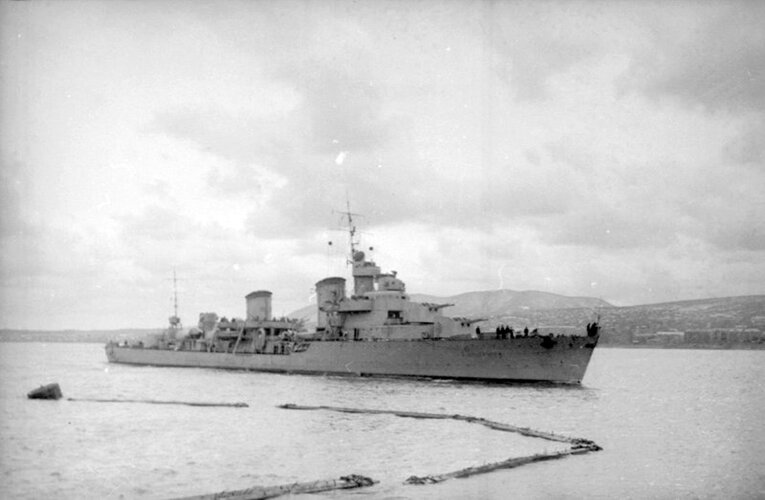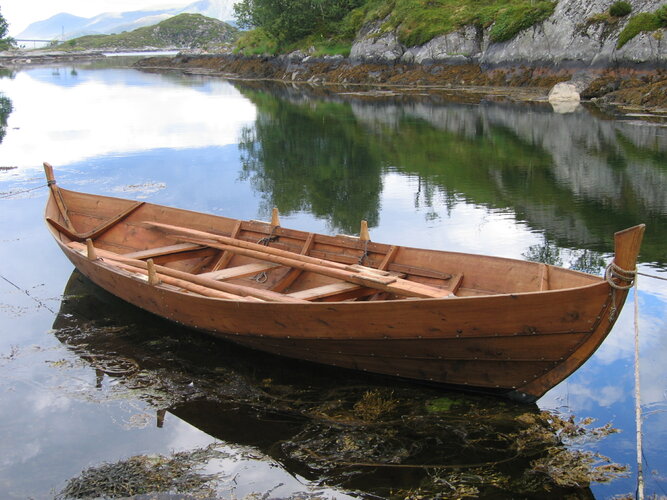GregoryUSSR
ACCESS: Confidential
- Joined
- 7 November 2023
- Messages
- 86
- Reaction score
- 36
I agree with you in many ways. On my own behalf, I want to add. The American general designation of the "destroyer" class of ships can still be used further. The Russian specialized designation "destroyer" from the words "destroyer squadron" does not imply this at all. Initially, the destroyer is a weapon of David against Goliath. When a small ship armed with torpedoes could send a huge armored battleship to one. It could, due to its small size, speed and maneuverability. At least somewhere in the parking lots, bases or at night, a destroyer of that period could really "get" enemy battleships. This period lasted in the 19th century and at the very beginning of the 20th century. That is, by its very meaning, the main weapon of a destroyer is torpedoes. But then everything changed. By World War 1, the main weapon of destroyers was artillery and they actually fell out of their wording. Then things got worse. For example, our Tashkent-class destroyer of the 2nd World War here:In the specific case of the Japanese, they have constitutional limits on what they can have in their fleet. Destroyers are escort ships, defensive in nature. Aircraft carriers are offensive in nature, and therefore not allowed under Article 9.
Same reason the Russians called their carriers Aviation Cruisers, basically. Treaty compliance.
A "helicopter destroyer" is one that can quickly flex from primarily ASW support to carrying gunships to support an amphibious landing retaking an island to carrying lots of SAR helicopters in the event of another 3/11 tsunami.
=====
Frigates in the age of sail were the largest ships outside the line of battle. When steam took over ship propulsion, that role got called cruisers, because the definition of a frigate as a fully rigged ship was no longer in play.
Destroyers started out very small, but went from ~350tons to 1850 tons in about 20 years (1895-1915). Once TBDs were big enough to also carry fairly large numbers of torpedoes themselves, they got the role of carrying torpedoes to attack battleships as well as protecting battleships from other torpedo boats. The idea of destroyers as dedicated ASW ships dates to WW1, and is really a recognition that a submarine is nothing more than a sneaky torpedo boat.
Destroyers have gotten a lot bigger due to the extra systems that stack up into a minimally-capable warship these days. Even the Constellation-class frigates have SPY6 radars and Aegis.

Tell me, how many chances does a 140-meter-long ship with a visual area the size of a World War 1 cruiser have to get close to an enemy battleship at a distance of an effective torpedo salvo and not be destroyed at the same time? These chances tend to zero. For this reason, the Eminets of World War 2 were used in any way, in any qualities, but not as destroyers. Not in the way that the doctrine of the use of these weapons originally envisaged. In fact, the destroyers served as the lightest cruisers. And in fact, the main battle ship of the fleet. And as for the frigates..... All this sailing classification was in an era when the only naval weapon was artillery and all warships actually differed only in size and number of guns. But they had in general the same design. Then, with the advent of a large number of types and types of naval weapons, specialization began, as specialized ships were required. Now the sailing classification is returning because modern warships have become universal in fact, as well as sailboats differ only in size. If we discard the landing and aircraft carriers. By the way, we did not have any agreements on aircraft carriers and we did not conclude such agreements with anyone. This is a matter of ideology. The aircraft carrier was considered a weapon of imperialism and therefore it was inconvenient to call their own aircraft carriers that way.

